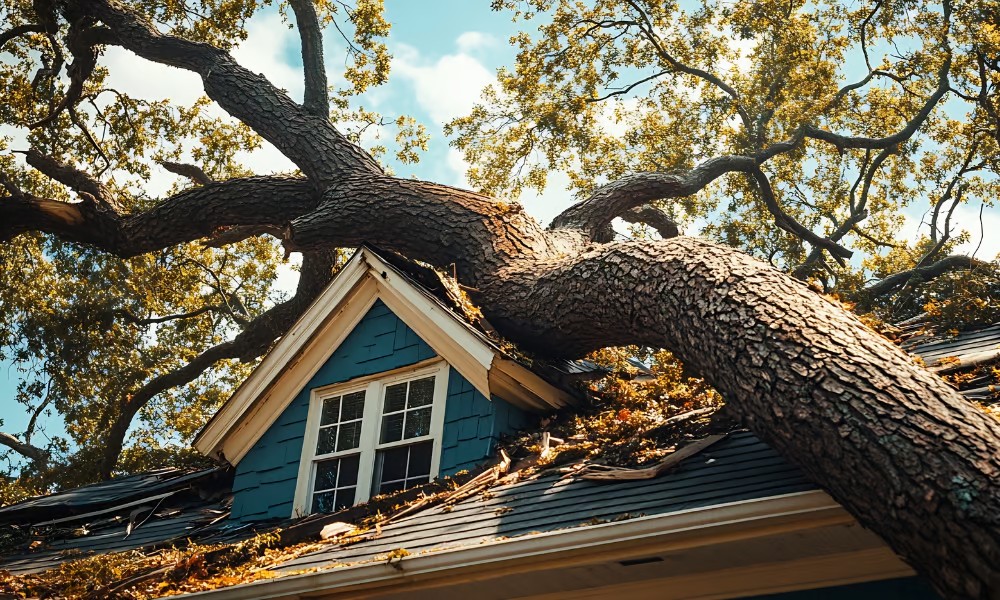RNAO head says health care workers are being pushed to their limits and calls situation 'drive-through nursing'

The situation for Ontario’s health care workers, and especially nurses, is critical.
Now entering the third year of the pandemic, nurses have been dealing with successive waves of COVID – most recently due to the Omicron variant – that has pushed most health care workers to their limits.
“It’s a mess, it’s a terrible situation,” says Dr. Doris Grinspun, CEO of the Registered Nurses’ Association of Ontario (RNAO), the professional association which represents registered nurses, nurse practitioners and nursing students in the province.
Nurses are extremely busy, she says, and explains they are working double – sometimes even triple – assignments: “Nurses here work 12 hours usually […] that’s not the case anymore. They’re working 14, 15 even 18 hours.”
Dr. Grinspun describes the situation as “drive-through nursing".
"That’s not nursing – this is to give the impression to the public that you are having nursing care, but you’re really down [in numbers].”
Nurses are having to take care of more patients, “and then on top of that you work longer hours, you cannot provide safe care – even with the best of your intentions.”
Dr. Grinspun says that the pandemic has created a situation where nurses are experiencing “moral distress […] on top of being exhausted physically and cognitively".
She says that nurses in Ontario want to provide excellent care, but with the current conditions are simply not able to.
The mental health situation has been “very challenging,” says Dr. Grinspun. “It’s all driven by exhaustion. Also, we have attrition – some are going on sick leave because of Omicron, some are going [on leave] constantly because of exhaustion and mental health challenges.”
There are also staffing issues; many nurses are also leaving to work for agencies where they earn higher salaries and have more control over their work schedules. Some nurses are even going over to the US where compensation is higher.
As well as the brunt of COVID, nurses and other health care professionals have had to contend with anti-vaxxers protesting at their places of work.
“We have had to ask for what we call ‘safe zones’. The federal government passed the legislation for safe zones, but the provincial government has not done much,” says Dr. Grinspun.
Nevertheless, those protestors can no longer gather outside of hospitals and clinics:
“We are seeing less and less of [those protests], and I think it’s because the federal government has taken that on and so has the police.”
So what can employers to do protect these nurses?
“You cannot completely blunt this virus, but you can slow down the spread so that people can receive better care and healthcare professionals are not completely exhausted,” says Dr. Grinspun.
“The first thing is [to provide] N95 respirators to absolutely every single worker – and not just in healthcare,” she says.
Dr. Grinspun also highlights the need for better ventilation, and lastly the importance of vaccines, notably the booster shot.
Everyone needs to be vaccinated, she says, not just healthcare workers or teachers, but parents too (especially parents to younger children aged zero to five who cannot get vaccinated).
Dr. Grinspun also criticizes Doug Ford’s Bill 124, which capped public sector wage increases to a maximum of 1 per cent. However, she points out that police, firefighters and doctors – traditionally male-dominated occupations – were excluded from the Bill, while nurses – a traditionally female-dominated occupation – were not.
She says that the Bill “has a clear taste of gender discrimination.”
In addition, considering their status as essential workers, she says that the moment the pandemic started, Ford should have repealed the Bill: “Nurses need to be recognized.”





